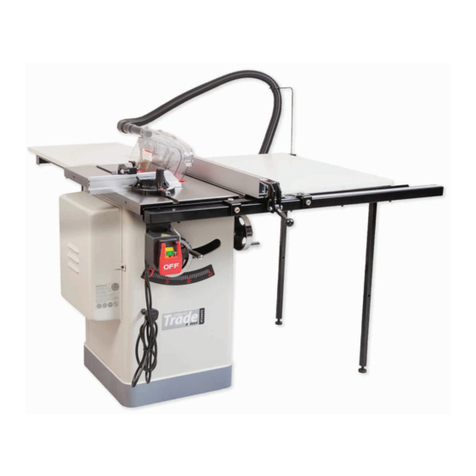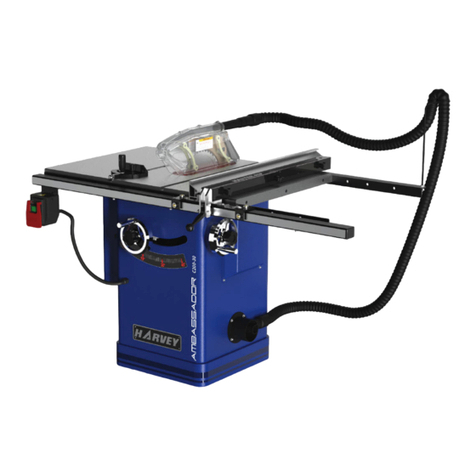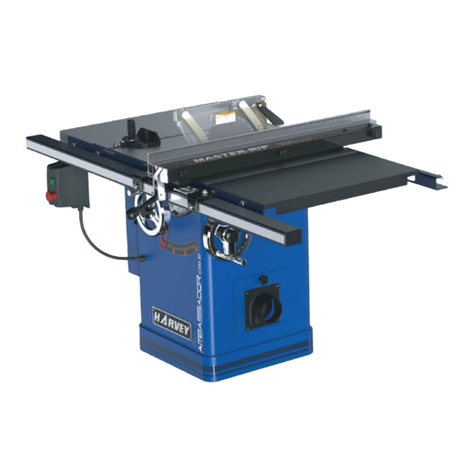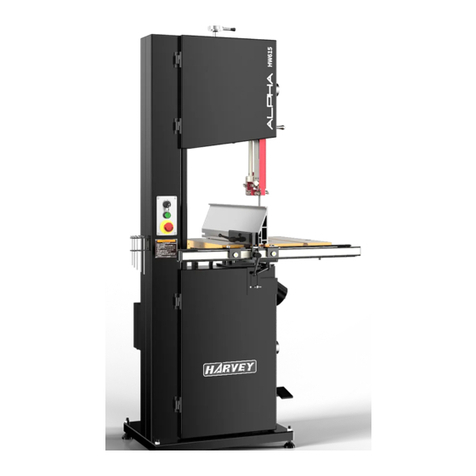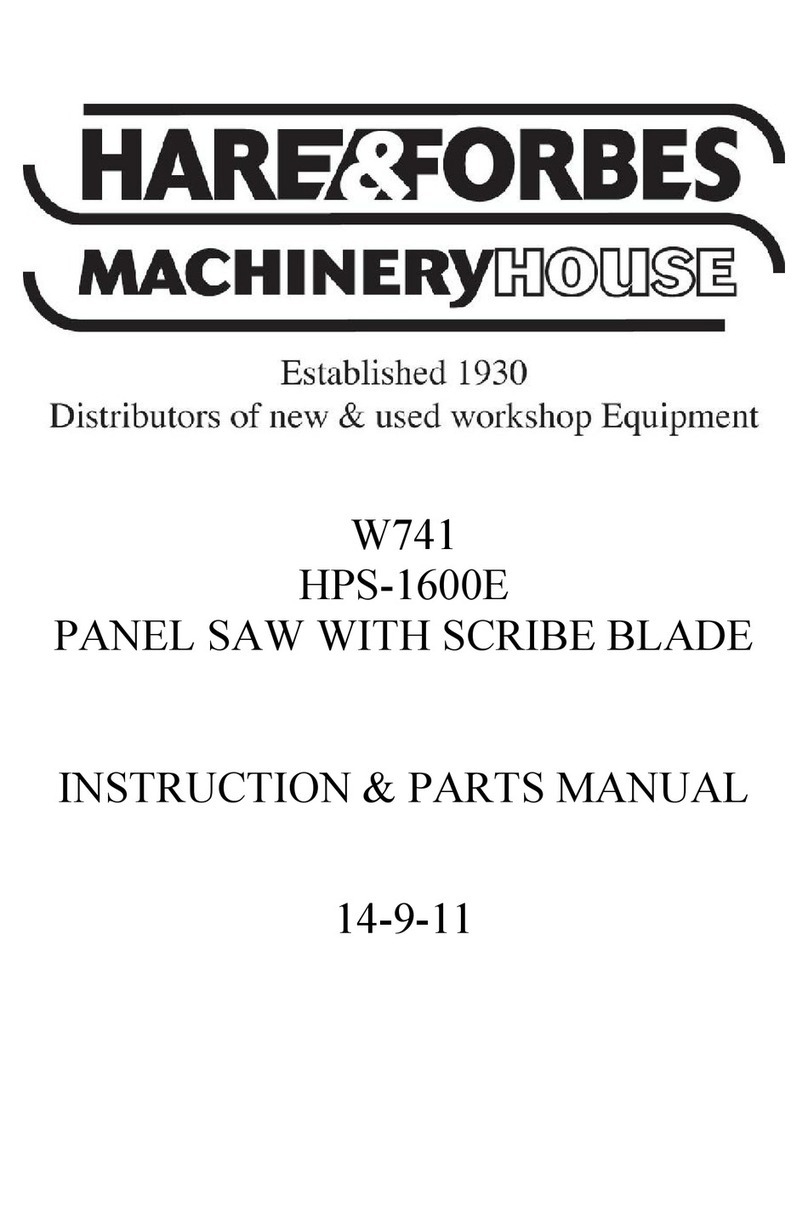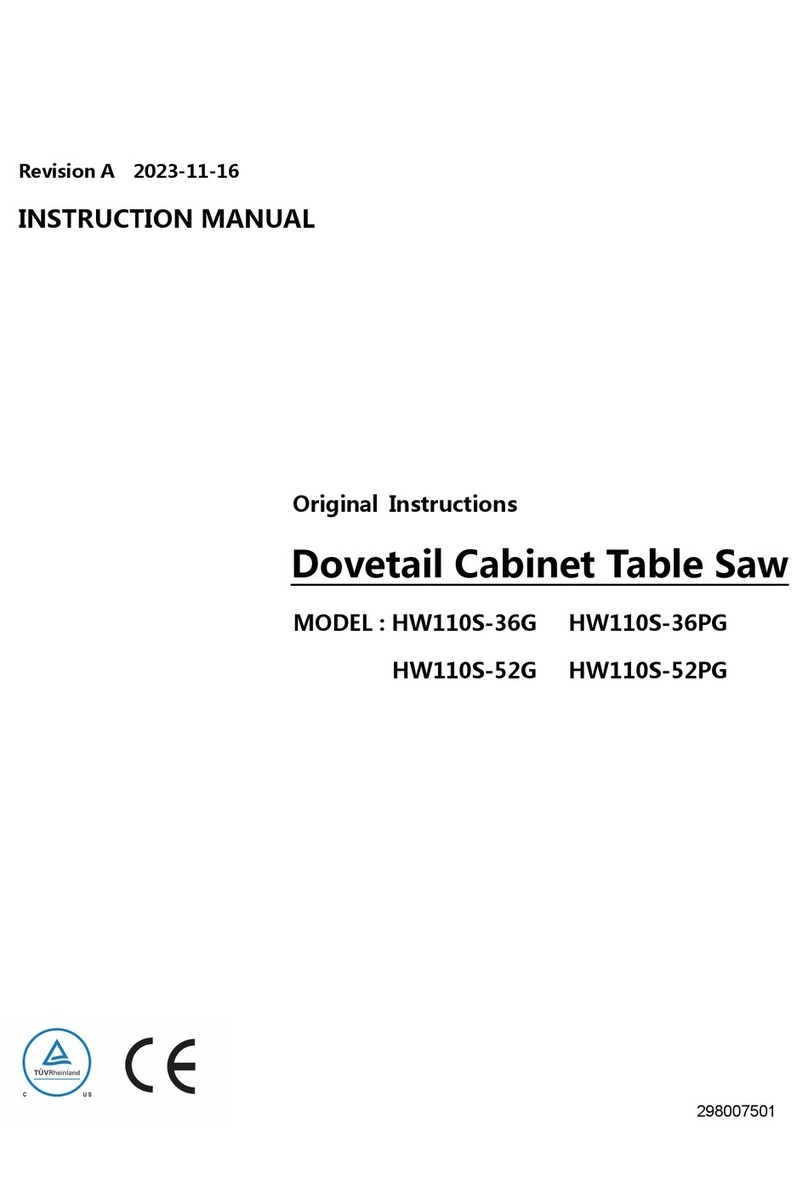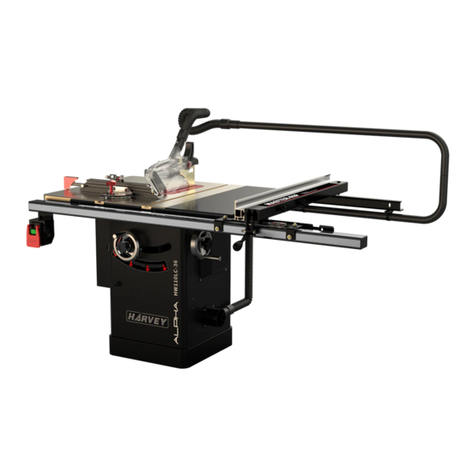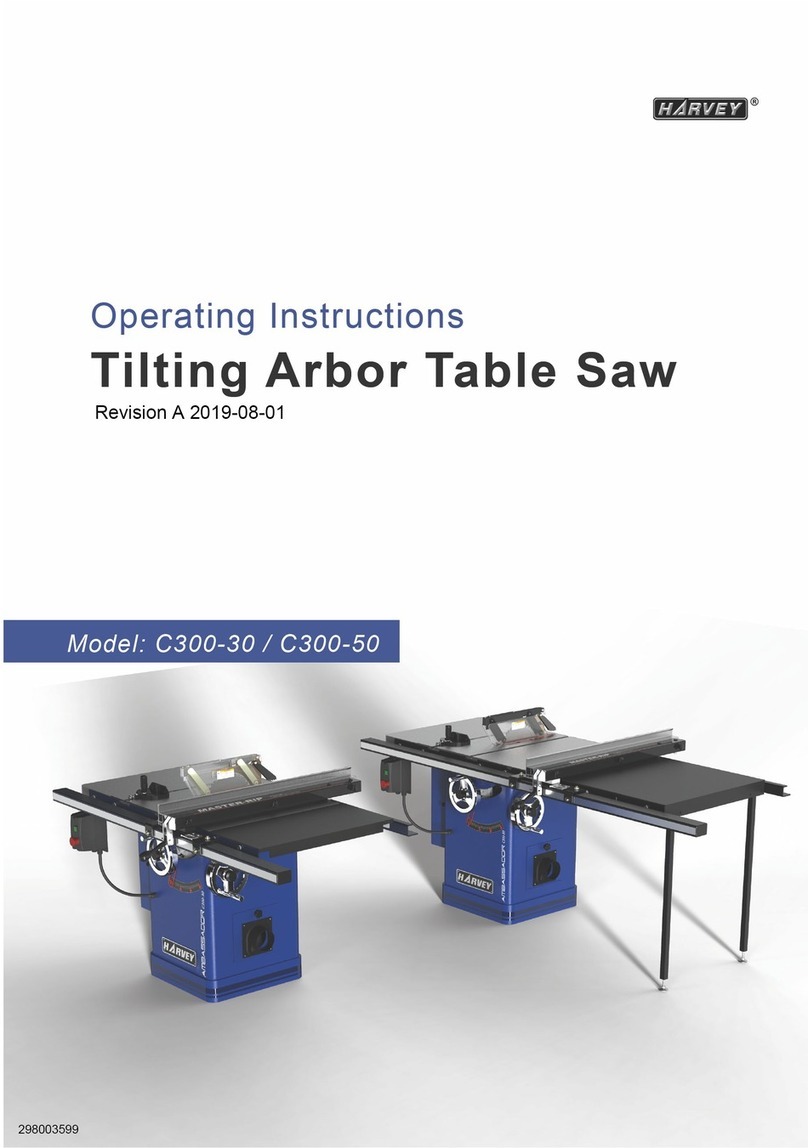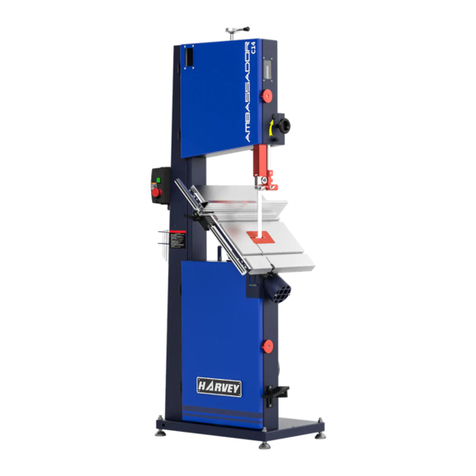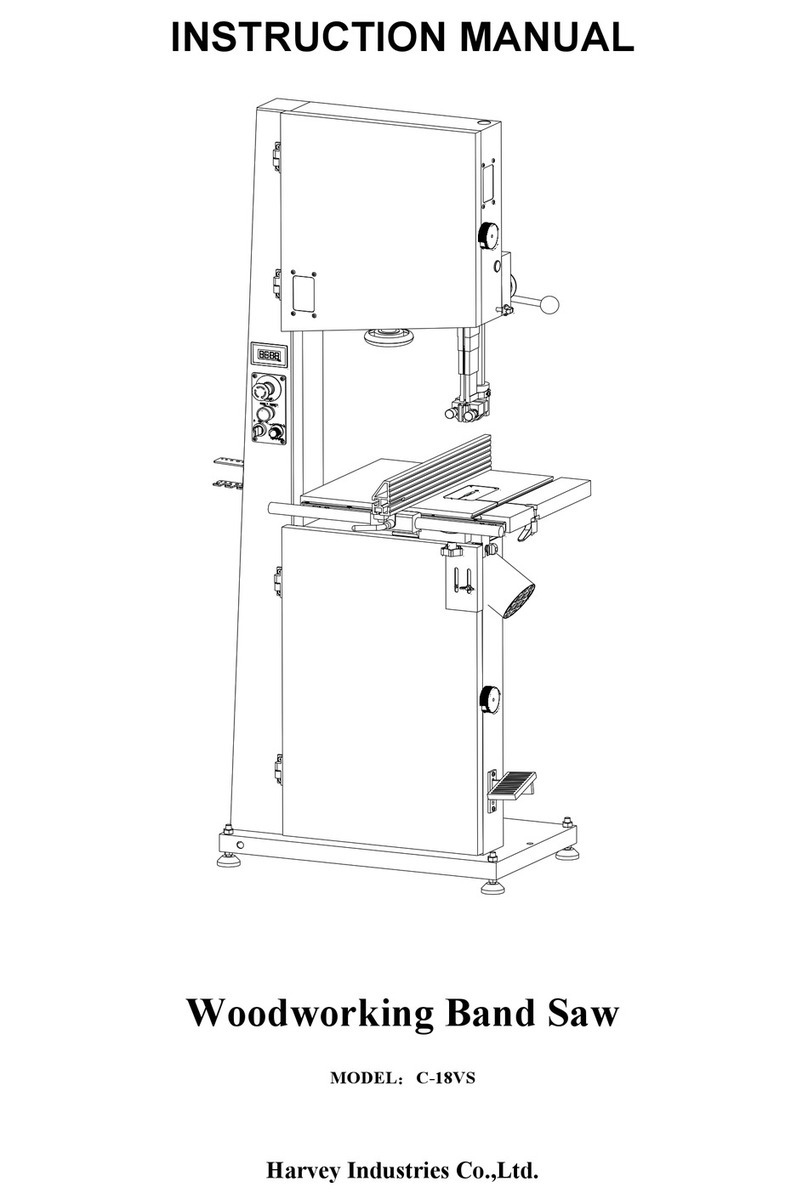
1.前言........................................................................................................................................................ 24
2.质保信息................................................................................................................................................ 24
3.设备描述................................................................................................................................................ 25
3.1 技术参数..................................................................................................................................... 25
3.2 产品组成..................................................................................................................................... 26
3.3 可选配件..................................................................................................................................... 26
3.4 产品应用..................................................................................................................................... 27
3.5 电力要求..................................................................................................................................... 27
4. 安全条例.............................................................................................................................................. 28
4.1.通用安全条例..............................................................................................................................28
4.2.台锯安全条例..............................................................................................................................28
4.3.残余风险......................................................................................................................................29
4.4.安全附件......................................................................................................................................29
5. 设备安装.............................................................................................................................................. 29
5.1 设备的运输和储存..................................................................................................................... 29
5.2 拆包............................................................................................................................................. 30
5.3 包装清单..................................................................................................................................... 30
5.4 安装............................................................................................................................................. 32
6. 调节...................................................................................................................................................... 37
6.1 调节纵切靠山............................................................................................................................. 37
6.2 台板 T型槽与锯片的平行度校准............................................................................................ 37
6.3 调节 45°和 90°限位.............................................................................................................. 37
6.4 劈刀板和锯片的校准................................................................................................................. 37
7. 操作...................................................................................................................................................... 38
7.1 电气操作..................................................................................................................................... 38
7.2 锯片升降和摆角的调节............................................................................................................. 38
7.3 横切............................................................................................................................................. 39
7.4 纵切............................................................................................................................................. 39
8. 维护...................................................................................................................................................... 39
9. 常见问题.............................................................................................................................................. 40
爆炸图和部件清单................................................................................................................................... 41
